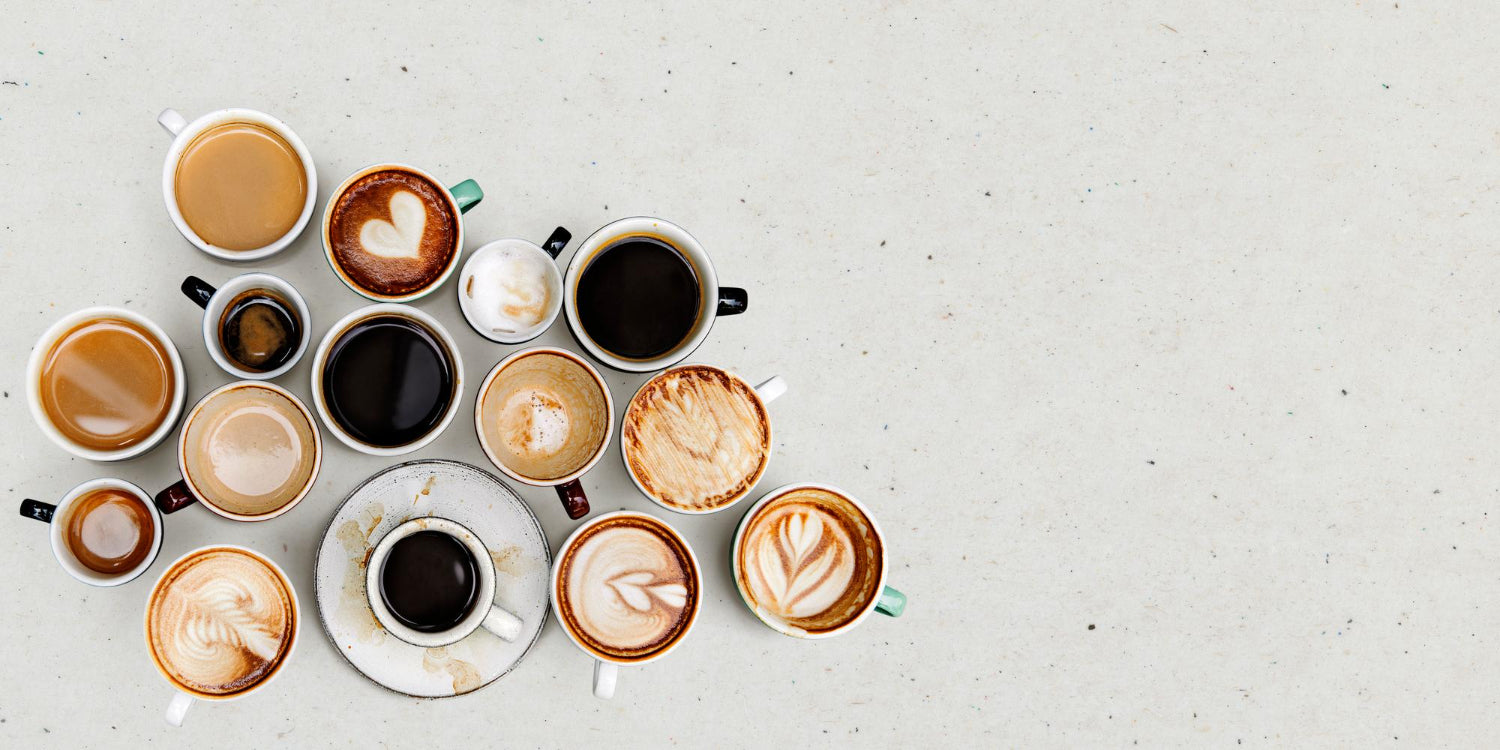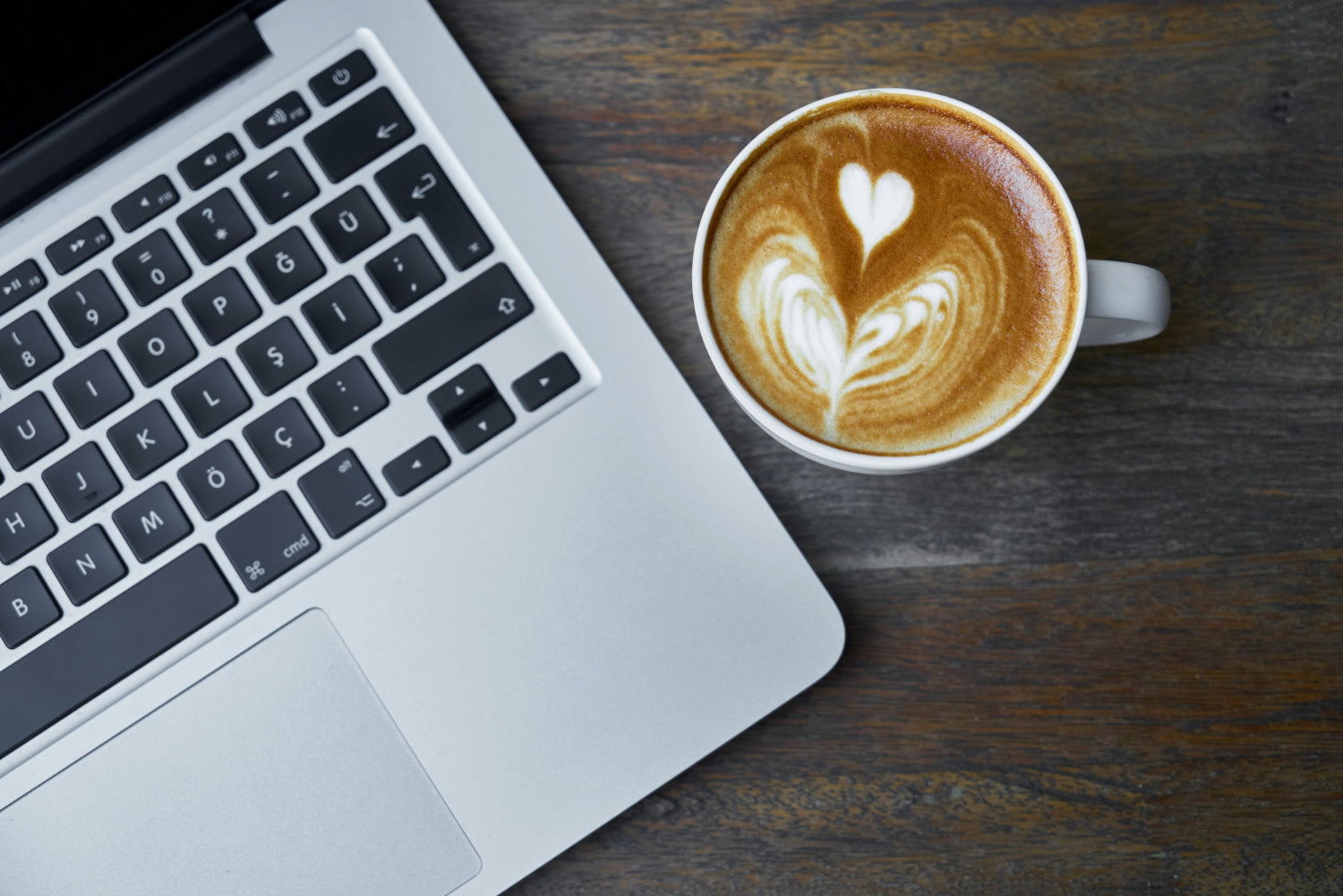
What Is the Secret to Brewing the Perfect Cup of Coffee at Home?
Share
Brewing the perfect cup of coffee at home is an art form that many enthusiasts strive to master. From selecting the right coffee beans to using the correct brewing methods, there are countless variables that can impact the taste and quality of your morning brew. In this blog post, we will explore the essential elements of brewing the perfect cup of coffee at home.
Why Mastering Coffee Brewing Techniques Matters
Although brewing coffee at home can seem intimidating, especially for those who are new to the hobby. However, with the right equipment, coffee beans, and techniques, anyone can create a delicious cup of coffee that rivals their local café. The key is understanding the fundamentals of coffee brewing and taking the time to practice and refine your skills.
In this article, we will dive deep into the world of coffee brewing, covering topics such as brewing methods, coffee makers, coffee beans, coffee grinders, and brewing processes. Additionally, we will highlight some of the latest trends in coffee brewing technology and offer tips for improving your coffee game.
Getting Started: Crucial Factors for Brewing Great Coffee
At the heart of every great cup of coffee is a reliable and efficient coffee maker. Today's market offers a wide range of coffee makers, including automatic drip machines, single-serve pod machines, manual pour-over devices, and espresso machines. When shopping for a coffee maker, it's crucial to choose one that fits your needs and budget. Automatic drip machines are ideal for beginners, while experienced baristas might prefer manual pour-over devices for greater control over the brewing process.
Another critical factor in brewing the perfect cup of coffee is selecting the right coffee beans. Freshness matters, which means buying whole beans and grinding them yourself is always recommended. Different coffee bean varieties have distinct flavors and characteristics, making it essential to experiment with different brands and blends to find your preferred taste. Moreover, storing coffee beans properly is vital to preserving their freshness and preventing oxidation. Ideally, coffee beans should be stored in an opaque, airtight container away from heat and light sources. Roast type is also an important factor: Dark, medium or light roasted beans all have their own flavor profile

Types of Brewing Methods and Their Differences
When it comes to brewing coffee, there are numerous methods available, each with its unique benefits, drawbacks, and loyal followers. Understanding the differences between these methods can help you determine which one(s) suit your palate, lifestyle, and equipment collection best.
Automatic Drip Coffee Machines
These appliances automate the brewing process, offering convenience and consistency. Water heated to an optimal temperature drips onto a bed of coffee grounds, passing through a paper or metal filter, and finally collecting in a decanter or thermal carafe. Although user input is minimal, pre-ground coffee lacks the vibrancy and complexity of freshly ground beans.
Single-Serve Pod Machines (e.g., Keurig)
Similar to drip machines, these appliances simplify the brewing process using disposable or reusable capsules containing pre-measured portions of coffee. They provide speed, portion control, and reduced waste; however, the cost per serving can add up, and environmental concerns surround non-biodegradable plastic and aluminum pods. Coffee pods are a quick and easy way to brew a good cup of joe.
Manual Pour-Over Devices
Using a cone-shaped apparatus fitted with a paper or mesh filter, users manually pour hot water over coffee grounds, controlling the pace and volume of water dispersal. This technique emphasizes precision and skill, yielding a lighter yet balanced cup of coffee. Factors influencing the final product include grind size, water temperature, and pour pattern.
Immersion Brewing
Including French press, Clever Dripper, and Toddy Cold Brew systems, immersion brewing submerges coffee grounds within hot water for extended periods, allowing for thorough extraction. Resulting liquids retain more body and sediment, necessitating filtration prior to consumption. Users must carefully monitor extraction time to prevent over-brewing.
AeroPress in use - We can personally vouch for this product
Espresso Machines
Utilizing pressure and fine coffee grounds, espresso machines generate small volumes of highly concentrated coffee in mere seconds. Often favored for their versatility, espresso-based drinks serve as platforms for latte art competitions and creative concoctions. Espresso machines require regular maintenance, skilled operation, and financial investment.
Siphon Brewing
Combining vapor pressure and vacuum suction, siphon brewers employ two chambers separated by a delicate fabric or glass filter. Heated water rises into the upper vessel via vapor expansion, mixing with coffee grounds upon contact. Upon cooling, gravity pulls the mixture back into the lower chamber, separating spent grounds from the infused liquid. Though mesmerizing to observe, siphon brewing demands caution due to fragile components and potential burn hazards.
Experiment, Learn & ENJOY!
Understanding the nuances among these methods enables informed decisions regarding desired outcomes, resource allocation, and overall enjoyment of the craft. Experimentation and exploration ultimately lead to honing personal preferences and enhancing appreciation for the intricate journey from bean to cup.
While the brewing process is undoubtedly crucial, mastering coffee recipes and techniques is equally important. Learning about coffee to water ratios, proper coffee grind sizes, and brewing times can significantly enhance your coffee brewing skills. Furthermore, investing in additional coffee equipment, such as a coffee grinder, digital scale, thermometer, and timer, can elevate your coffee game and enable you to fine-tune your brews further.

Putting It All Together: Your Journey Toward Brewing Excellence
Now that you have learned the fundamental principles of brewing the perfect cup of coffee at home, it's time to put theory into action. Investing in a reliable coffee maker, experimenting with different coffee bean varieties, and practicing various brewing methods are excellent starting points.
And remember that mastering coffee brewing takes time and patience. Keep learning, experimenting, and refining your skills, and soon enough, you'll be brewing the perfect cup of coffee at home. And don't forget to check out our selection of coffee recipes and brewing techniques for inspiration!
